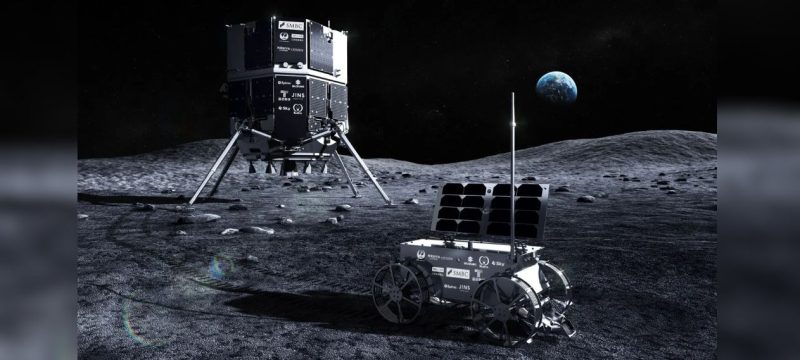Japanese space company ispace Inc. reported that its unmanned moon lander, Resilience, likely crash-landed during its descent attempt on Friday. This marks the company’s second failed lunar mission, following a similar incident two years ago.
The Tokyo-based firm had hoped to join the ranks of U.S. companies like Intuitive Machines and Firefly Aerospace, which have recently succeeded in commercial lunar landings, amidst a growing international race for moon exploration that includes China and India.
Read more: Musk-Trump Split Threatens $22B SpaceX Contracts, Shakes US Space Program
Despite this setback, Japan remains committed to NASA’s Artemis program, with many Japanese firms viewing lunar development as a future business opportunity. The failure of Resilience was attributed to faulty altitude measurements that prevented the lander from slowing down in time, leading to a likely hard crash.
Communication with the lander was lost just two minutes before the scheduled touchdown, stunning over 500 attendees — including employees, investors, and officials — gathered for a live viewing in Tokyo.
Following the incident, ispace shares were overwhelmed by sell orders and were expected to hit the daily limit-low, a 29% drop in value. Still, the company’s CFO assured that its financial condition remains stable due to ongoing investor backing. The crash echoed ispace’s 2023 failure, which was also linked to altitude miscalculations. Although software fixes were made this time, the lander’s hardware design remained largely unchanged.
Resilience was carrying a payload worth $16 million, including a rover by ispace’s Luxembourg branch and instruments from Japanese companies and a Taiwanese university. It had aimed for Mare Frigoris, near the moon’s north pole, to conduct a 14-day exploration mission that included collecting lunar soil for NASA.
The lander shared a launch with Firefly’s Blue Ghost, which successfully landed in March. Meanwhile, Intuitive Machines recently accomplished its second moon landing, albeit in a toppled state.
Japan achieved a national milestone last year when its space agency JAXA successfully landed the SLIM lunar probe, making it the fifth country in the world to complete a soft landing. The Japanese government has signed agreements with NASA to send Japanese astronauts on Artemis missions and continues to support private sector innovation in lunar technology — counting on ispace’s capabilities for future transport.
Despite this failure, Prime Minister Shigeru Ishiba expressed continued confidence in ispace. Still, experts suggest some Japanese companies may now explore foreign transport options for their lunar ambitions.
Looking ahead, ispace plans a third mission in 2027 with a larger lander built by its U.S. branch for NASA’s Commercial Lunar Payload Services. In total, ispace envisions six more missions across the U.S. and Japan by 2029. CEO Takeshi Hakamada emphasized the growing role of private firms like ispace in fulfilling NASA’s goals amid limited government funding.









